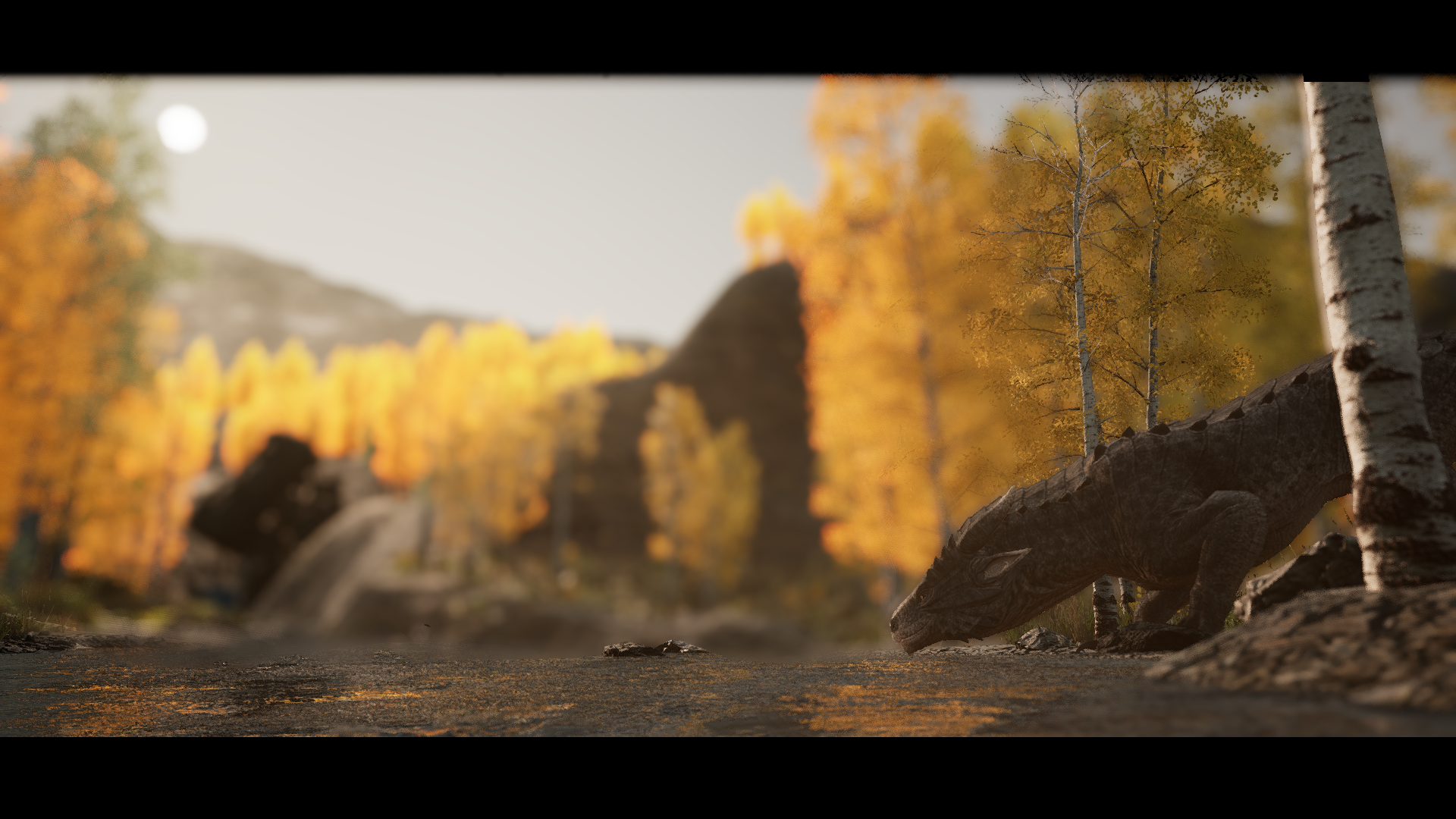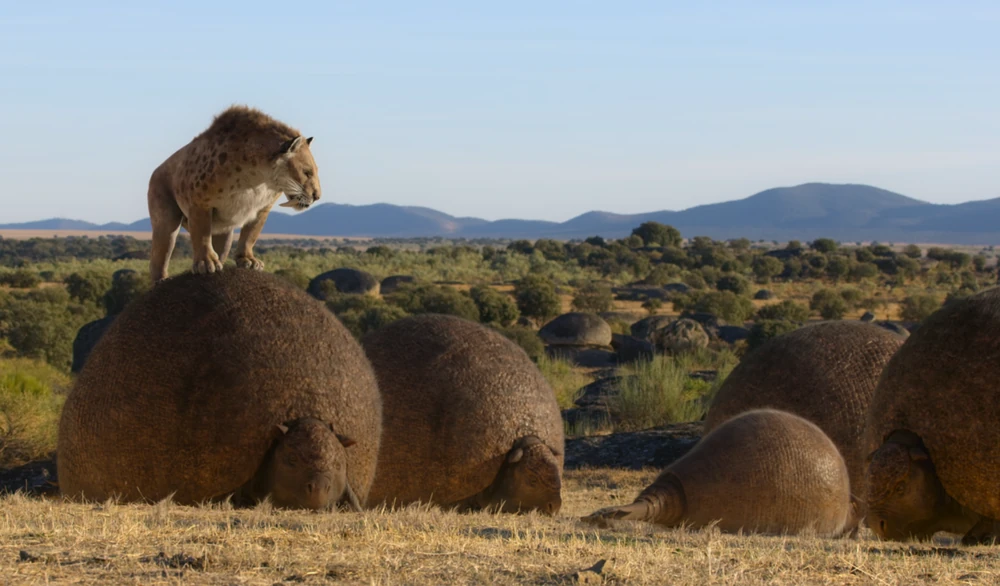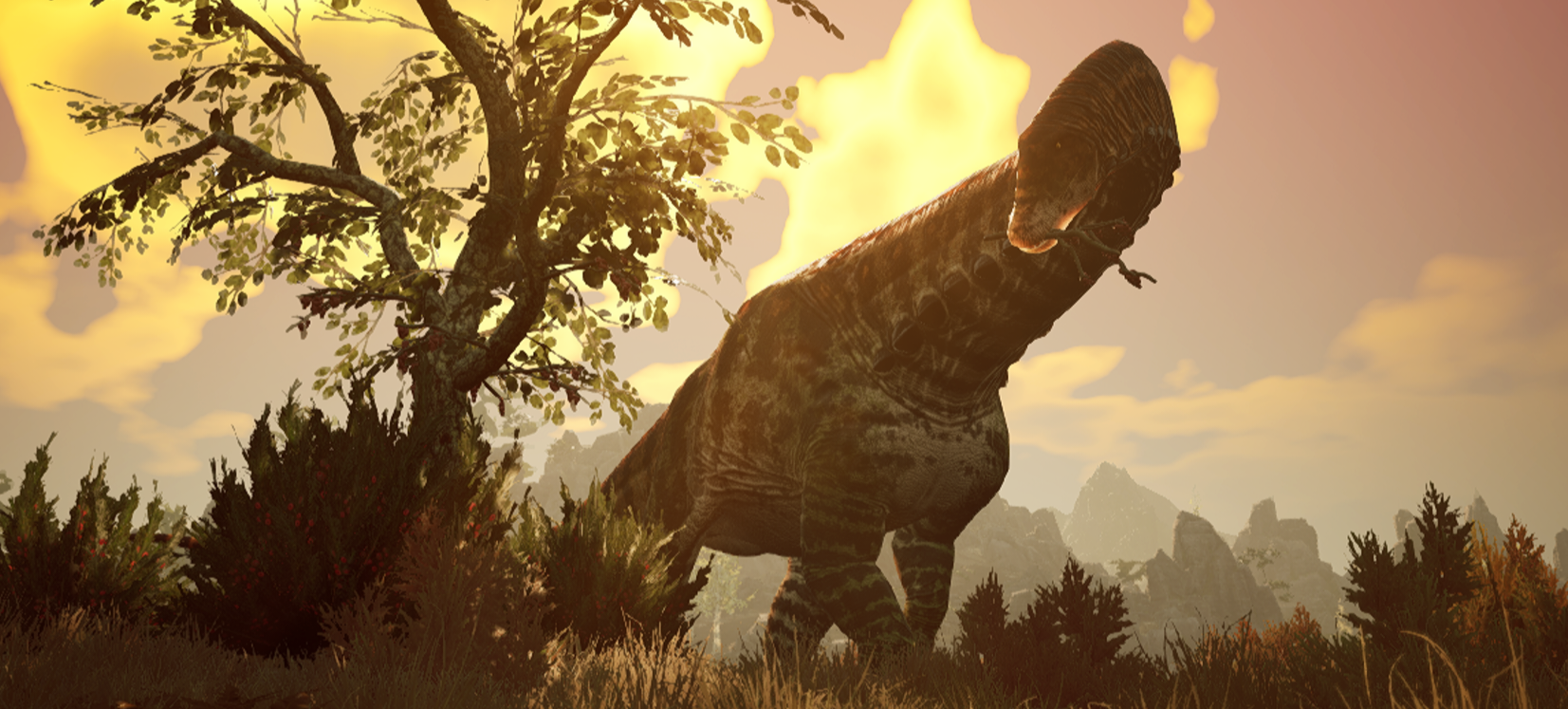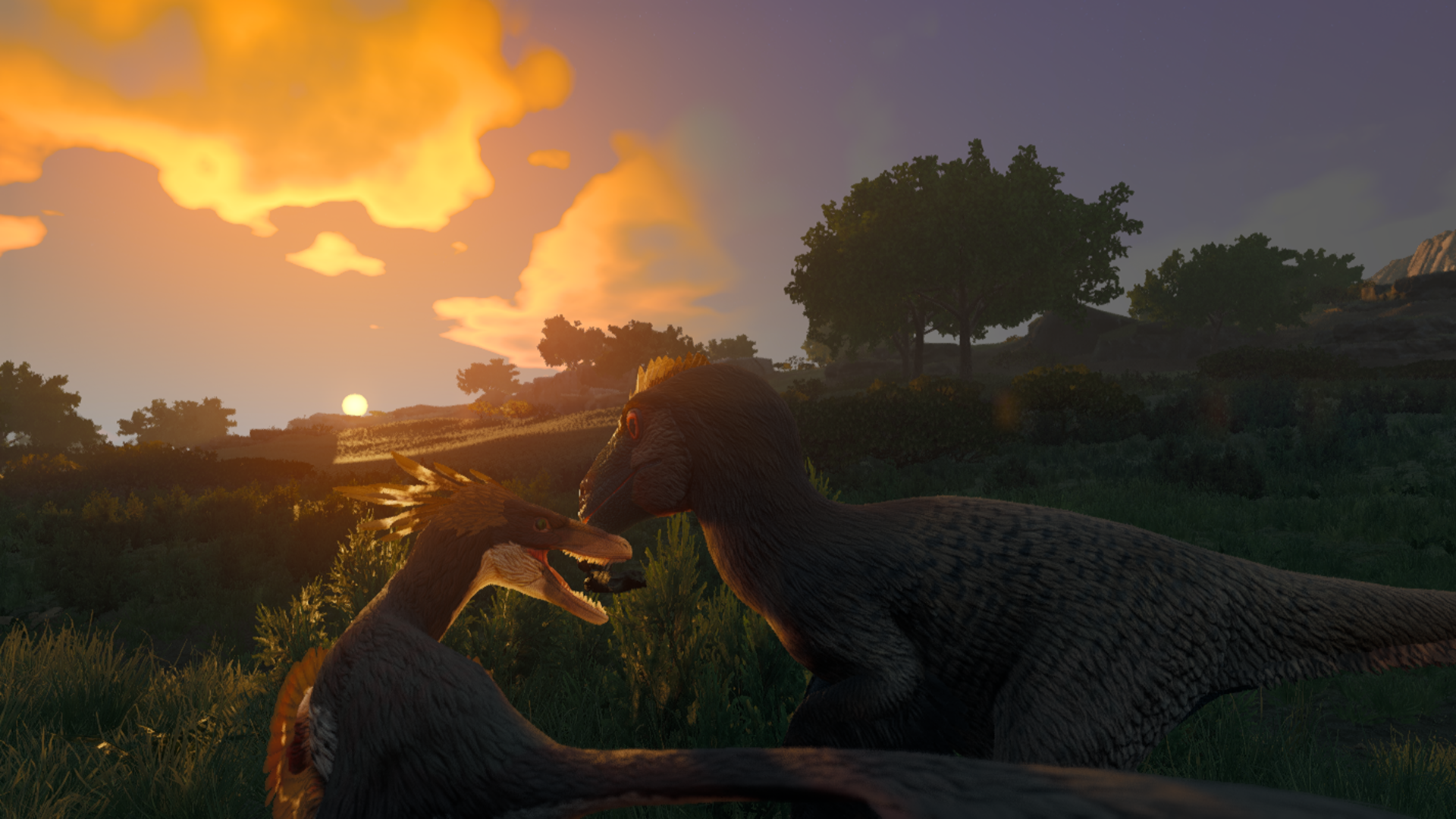Liveworld Advanced AI System: Creature Behavioral System Overview
Thanks to the Liveworld System, the natural world in Roads of Elysium is a flourishing utopia.
Within the game, the ecosystem is filled with 400+ animal species that each behave in entirely unique ways, responding to the many various stimuli of the environment surrounding them– the vast open world that features multiple ecosystems that has the possibility of affecting even more AI than that of just creatures. Because of this, it is often not that difficult to witness the full complexity of the in-game AI in Goldenhawks universally acclaimed Roads of Elysium (RoE). But much like with games such as Alien: Isolation, the game represents a novel layering of multiple AI systems that work together to bring the world to life.
These systems include many AI Behavioral Systems like the GAINSTRIVE system; an extensive behavioral tree which regulates Turfwars and how a creature reacts to violent stimuli.
Unlike finite state machines, a behavioral tree controls the flow of decisions made by an AI agent rather than the states it inhabits. The tree comprises nodes arranged in a hierarchy. At the far ends of this hierarchy are ‘leaves’ that constitute commands that NPCs follow. Behavior trees can be extremely complex, with nodes attached to entire sub-trees that perform specific functions, and such nested trees enable the developer to create whole collections of actions that can be daisy-chained together to simulate very believable AI behavior.
The FLOURISH system is another subtree. This one regulates an animal based around their needs and wants and is a subtree to another behavioral tree. A hungry predator for example may attack a small herbivore due to hunger, or a herbivore might walk around looking for their favorite food. The FLOURISH and GAINSTRIVE systems also often coincide with one-another; with the GAINSTRIVE system often taking action to determine who comes out on top in a fight. This often means that while a predator might need its needs met, it doesn’t always mean they will win a fight. Sometimes the prey might get away because the preys coding permits their survival, while a predator might be wounded and flee as a result, miss a kill entirely without a fight needing to end the chase, or simply die cause their code ‘bit off more than they can chew".
_ _ _ _ _ _ _
Many other subtree’s also exist under the FLOURISH and GAINSTRIVE systems and their corresponding behavior tree’s. For example, behavior trees that determine how a creature reacts to another certain creature aren't always concrete. For example, predator and prey relations are highly prevalent throughout the game with some even manifesting themselves as cannibalism in certain species. However, due to the FLOURISH and GAINSTRIVE systems, odd relationships might also pop up from time to time.
- Infant Species may approach Carnivores or other herbivores. This sense of “Curiosity” which can be found in many IRL species on earth, allows babies to interact with a variety of species, each with it’s own chain of events and outcomes. A baby may chase a landed bird, get too far from it’s mother, then suddenly stop and run back to her.
- Predators and prey won't always attack and in fact certain predators might also find time to engage in “play behavior” with certain herbivores.
- Behavior tree's may also show animals engaging in what is scientifically known as "Symbiosis". Symbiosis is the interaction between two different organisms living in close physical association to each other to the advantage of both. This can often be shown in animals using others for cleaning, protection or even guide-hunting.
Symbiosis might also be found in creatures that are similar to each other.
For example, many small-medium sized raptor groups may join up together and engage in hunting and preening behavior.
and this is just the start! With so many codes and systems bouncing off of each other, you might be surprised by what you see!






Comments